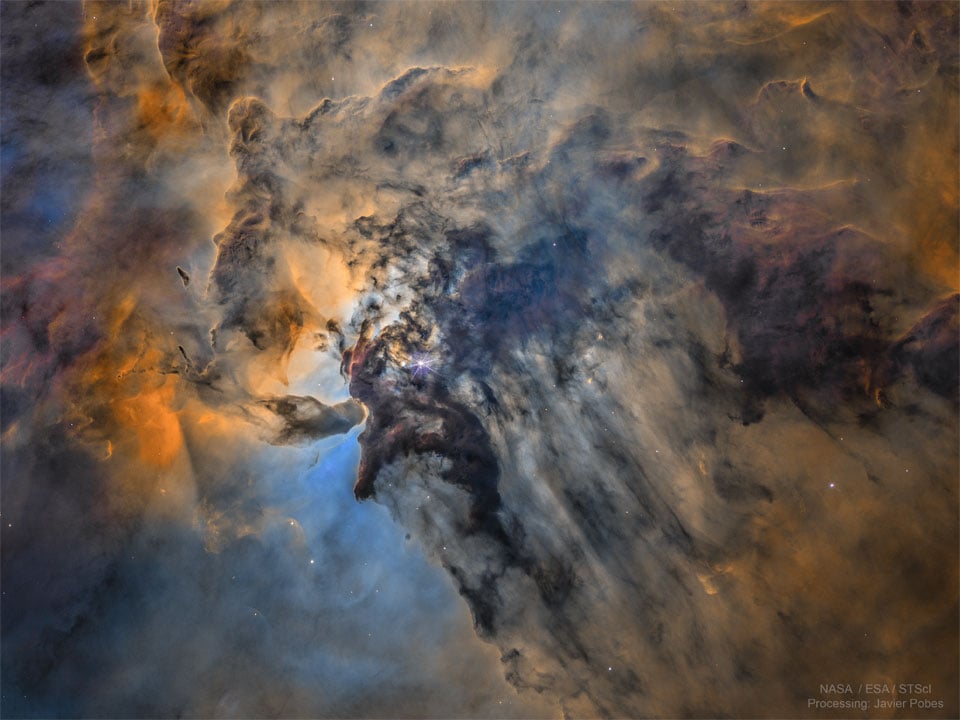...there are two different ways to measure this cosmic expansion rate, and they don’t agree. One method looks deep into the past by analyzing cosmic microwave background radiation, the faint afterglow of the Big Bang. The other studies Cepheid variable stars in nearby galaxies, whose brightness allows astronomers to map more recent expansion.
You’d expect both methods to give the same answer. Instead, they disagree—by a lot. And this mismatch is what scientists call the Hubble tension...Webb’s data agrees with Hubble’s and completely rules out measurement error as the cause of the discrepancy. It’s now harder than ever to explain away the tension as a statistical fluke. This inconsistency suggests something big might be missing from our understanding of the universe - something beyond current theories involving dark matter, dark energy, or even gravity itself. When the same universe appears to expand at different rates depending on how and where you look, it raises the possibility that our entire cosmological model may need rethinking.
 The Busy Center of the Lagoon Nebula
The Busy Center of the Lagoon Nebula
If they wanted to use the term "deeply wrong discrepancy", maybe they should have gone with the difference between the universe's expansion predicted by quantum vacuum energy and the actual, much slower observed rate of expansion.
By "much slower", I mean that the theory and the observations differ by something like one hundred and twenty five (!!!) orders of magnitude.